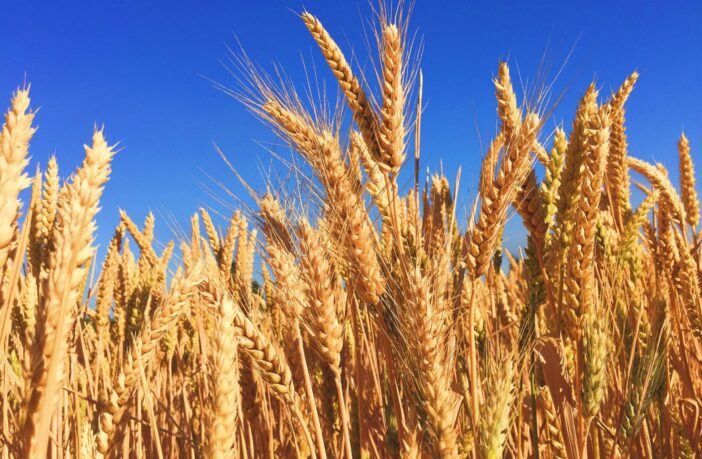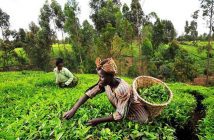Agriculture is the region’s largest employer by sector and a key driver of participation in global value chains – but will the sector ever be capable of delivering food security?
Innovation in agricultural technology is instrumental in achieving broad-based social and economic growth in developing countries. In Ghana and the wider region, the sector employs more people than any other industry. It is, however, much more than a source of employment and economic growth. Ghana’s agriculture sector has proven to be the nation’s route towards achieving food security. For a country to be self-sufficient and able to feed itself is a basic requirement – and, it is the only feasibly sustainable way to realise the United Nation’s 2nd Sustainable Development Goal (SDG) – Zero Hunger.
Growing the sector and its capacity requires ever-greater volumes of consistently better-quality output: this is how farmers can build successful businesses that are scalable and able to participate in the global value chain. For this reason, governments and aid agencies work hard to introduce new agricultural innovations to rural farmers – but it is important that they are used to produce high-quality fresh produce and processed food products rather than high volumes of low-quality food. The latter exposes farmers and the entire value chain to the demand for high-quality imports and leaves the national supply chain in a precarious position. Low-quality food also exposes the population to food with poor nutritional value and potential food safety issues.
Studies in Ghana have shown that to improve agricultural output, boost smallholder farmers’ incomes and reduce poverty, a mix of technologies and operational support services are needed. They include advanced inorganic fertilisers and pesticides, high-quality storage and access to marketing facilities. Extension services – like temperature-controlled storage facilities and knowing how to market and grow a business – are also crucial. Already, progress is being made on a national scale. For the first time, in 2018 Ghana produced enough high-quality plantain to be able to market and export it to neighbouring countries – and in the same year not a single grain of rice had to be imported.
What we are seeing in Ghana is a growing ecosystem of technologies, interventions and agricultural best practice that is combining to create greater output of a higher quality. Even non-agriculture technologies are playing a unique role. Drones have been put to use in multiple scenarios, including spraying pesticides onto fall armyworm infected Ghanaian crops that are part of an out-grower scheme for maize farmers by the Yonko Pa Association.
The players are from all sectors, including government. The Ghanaian government’s Council for Scientific and Industrial Research (CSIR) carries out research and development to specifically address the issue of food security. This policy-led approach is an important part of the jigsaw, welcoming scientists, and specialists into the fray to help develop innovative solutions. Since 2015 the CSIR has introduced six new varieties of cassava and millet to the national agriculture industry, which serve to enrich soil and improve the quality of output.
Adoption of new technologies in Ghana is also strong. According to the country’s 2017 Agricultural Sector Progress Report, the number of new technologies set up and showcased to farmers from across the country in field demonstrations increased from 218 in 2016 to 2,534 in 2017. It is estimated that 127,848 farmers benefitted from adoption of some of the innovations, of which 41.3% were women.
The CSIR in Ghana also addresses specific elements of the national food supply chain to push for development, as part of its national strategy for food security. They include cereals and legumes, roots, tubers, forestry, trees and plant resources, soils, mechanisation, agro-food processing, and biotechnology. Its research and development in biotech, drills down into genetics, germplasm conservation and bioprocessing. It is a great example of a robust, comprehensive policy approach towards creating the right kind of framework for food security. It is also noteworthy that it places emphasis on solutions that can be applied in rural smallholder farms as a means to creating further entrepreneurial opportunities, particularly for women. Land access policies, marketing initiatives and micro-financing are also in the CSIR toolkit.
The private sector’s role in advancing new technologies is equally as impactful, including in digital solutions. The role of SMS-based solutions are well known on the continent – Kenya’s M-Farm allows farmers to check market prices by SMS and the PlantVillage SMS program is a free mobile platform that farmers can use to share best practice.




